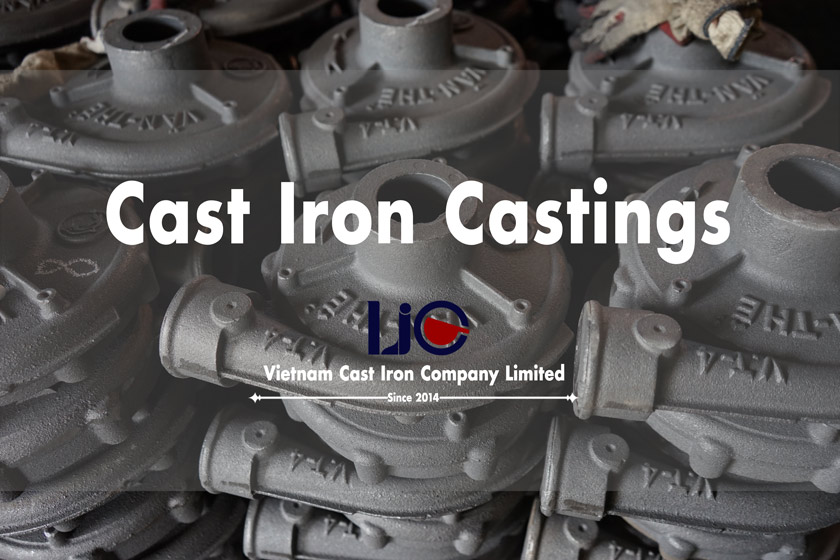Cast iron castings have such a long tradition in the metalworking industry. It is very common in metal foundries for various applications. From outdoor urban furniture, marine, to kitchen accessories, we all see cast iron parts from cast iron foundry manufacturers.
Cast Iron castings are very popular in metal foundries and greatly contribute to numerous fields in our daily life. There is a range of applications we see every day that are from cast iron casting foundry manufacturers such as lamp post, counterweight, manhole cover, bench, urn planter, etc.
Stay with us to get more understanding about the Cast iron castings industry and cast iron castings manufacturers.
- What is cast iron castings?
- Cast iron
- Cast iron definition
- Type of Cast iron
- Cast iron properties
- Factors affecting the properties of cast iron
- Castability of Cast iron Types
- Why cast iron castings are popular?
- The disadvantage of cast iron castings
- Cast iron castings technique
- Cast iron parts
- Cast iron foundry manufacturers
What is cast iron castings?
Cast iron castings are the metalworking activity commonly see in the metal foundry manufacturers. Its processes include melting cast iron material, filling the molten fluid to the mold, and forming the casting parts.
Iron casting has a very long tradition dated back to 1200 BCE and nowadays the cast iron castings put great contributions to a range of life applications. We can see there are a lot of products coming from casting cast iron foundry manufacturers and factories.

Cast iron
Cast iron definition
Cast iron is a type of iron-carbon alloy material commonly used in metalworking foundries. Cast iron is produced by smelting the iron-carbon alloy and pour into the mold.
The chemical composition of cast iron consists mainly of 95% iron, more than 2.14% to 4% carbon, 1% to 3% silicon, and other impurities such as phosphorus (P), sulfur (S), manganese (Mn).
Type of Cast iron
Cast iron is divided into different types mainly based on the content of Carbon, Silicon, and other impurities.
RANGE OF COMPOSITIONS FOR TYPICAL CAST IRONS
VALUES IN PERCENT (%)
| Cast iron type | Carbon (C) | Silicon (Si) | Manganese (Mn) | Sulfur (S) | Phosphorus (P) |
| Grey Cast Iron | 2.5-4.0 | 1.0-3.0 | 0.2-1.0 | 0.02-0.25 | 0.02- 1.0 |
| Ductile Cast Iron | 3.0 -4.0 | 1.8-2.8 | 0.1-1.0 | 0.01- 0.03 | 0.01-0.1 |
| White cast iron | 1.8-3.6 | 0.5-1.9 | 0.25-0.8 | 0.06-0.2 | 0.06-0.2 |
| Malleable cast iron | 2.0-2.9 | 0.9-1.9 | 0.15-1.2 | 0.02-0.2 | 0.02-0.2 |
Cast iron properties
RANGE OF TYPICAL CAST IRON PROPERTIES
| Cast iron type | Cast iron Properties |
| Grey Iron | Good machinability; Good thermal conductivity; High compressive strength; Low tensile strength; Good resistance to galling and wear; Brittle |
| Ductile Iron | High ductility; High strength |
| White iron | High compressive strength; Difficult to machine; Good hardness; Resistance to wear |
| Malleable iron | High ductility; Tougher than gray cast iron; Be twisted or bent without fracture; Excellent machining capabilities |
Factors affecting the properties of cast iron
Chemical composition
- Carbon (C): is the element that promotes the graphite process. The higher the carbon percent is, the lower ductility and thermal conductivity. If the carbon contained in the cast iron is in the form of cementite, it is called white iron; and if the carbon is in the form of graphite, it is called grey iron. The formation of different types of cast iron depends on its chemical composition and cooling rate.
- Silicon (Si): Silicon is the element that most affects the crystal structure of cast iron because it promotes graphitization. Increased Si content will increase dilution, abrasion and corrosion resistance of cast iron. Usually, the Si content in cast iron is 1.5 – 3%.
- Manganese (Mn): Mn in cast iron promotes the formation of white iron and prevents graphitization. Therefore, white iron usually contains 2 – 2.5% Mn. Oppositely, in grey iron, the amount of Mn does not exceed 1.3%. Mn is to increase abrasion resistance, durability; and to reduce the harmful effects of Sulfur.
- Phosphorus (P): P is a harmful element in cast iron. It reduces the strength and increases the brittleness of cast iron that causes cracking of the casting. However, P increases fluidity, this effect is used to cast statues and fine art details. In the case of casting thin parts, the P content in important parts should not exceed 0.1%, while the unimportant ones can be up to 1.2%.
- Sulfur (S): is a harmful element in cast iron. It prevents graphitization, thus reducing dilution, and thereby reducing castability. So the S content in cast iron is not more than 0.1%.
Cooling rate
The factor that influences the crystal structure of cast iron is the solidification and cooling condition of the casting. If you cool it quickly, you get white iron, if you cool it slowly, you get gray iron. The cooling rate of the cast iron depends on the type of casting pattern and the thickness of the casting.
Castability of Cast iron Types
Grey Iron Casting
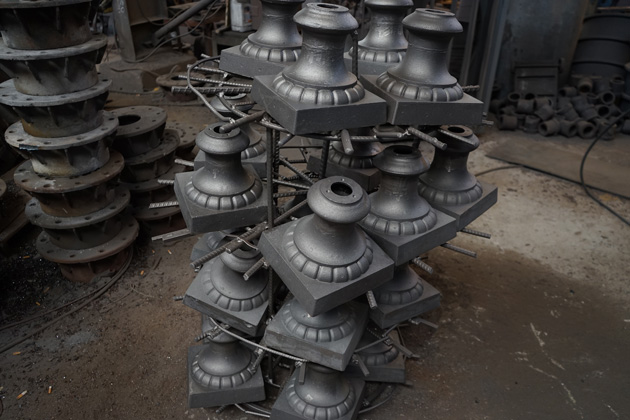
Grey iron has the best casting properties due to its low melting point, high flowability, and easy casting of complex products. The shrinkage of grey cast iron is small, sometimes creates a concentrated shrinkage indent but can be controlled by the technical tips.
Grey cast iron castings, due to the graphite presence it has good shock absorption; plus due to their high fluidity, complex castings can be cast easily. The good castability and low cost make grey iron become one of the most commonly used alloys in metalworking foundries as well as cast iron foundry manufacturers.
Grey iron is classified into different grades depending on the tensile strength and properties. Grey iron grates of GG10, GG15, GG20, GG25, GG30 (ASTM standard) are mostly used in casting parts for a range of uses.
Some grey iron casting applications can list such as street furniture, lamp post, fence, bench, urn planter, gas accessories, pump housing, engine cylinder blocks, flywheels, gearbox cases, machine-tool bases, etc.
White iron Casting
White iron is hard and brittle plus large shrinkage so that it is less preferable in casting parts. We can see some of the bearing surfaces using white iron casting but not popularly.
Ductile iron casting
Ductile iron has high mechanical properties comparable to that of steel. At the same time, due to its good casting properties, it is often used in manufacturing complex parts instead of steel.
The main use of ductile iron is to make parts that require high tensile loads and high impact (such as steel) and easy to shape by casting method at the same time.
The typical ductile iron castings made of ductile iron is the crankshaft. It is a part with a complex shape, with great load and impact, good resistance to wear. If made of steel (for example C45), large billets through forging must be pressed on large presses, which requires cutting. If replacing with ductile iron casting, the somewhat simpler device produces the casting closer to the finished product and therefore lower machining costs. The ductile iron is also well-known and preferred by cast iron foundry manufacturers in casting manhole cover due to its good loading capacity.
Why cast iron castings are popular?
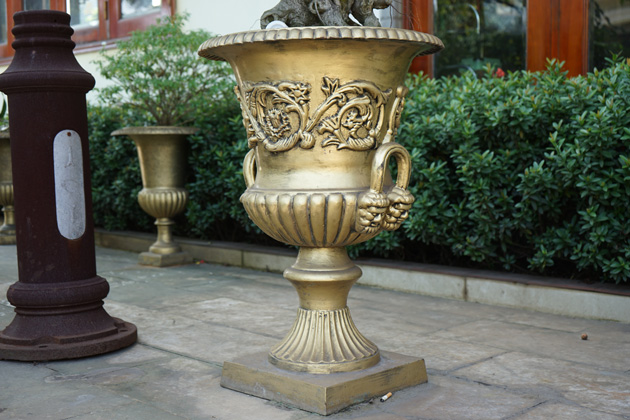
Among materials, the cast iron castings are mostly seen in metal casting foundries due to its excellent casting ability. With its range of great properties, cast iron castings perform great advantages in numerous applications.
- Firstly, with the combination of high carbon content and silicon, cast iron has excellent cast-ability. This material has the ability to cast under different heat treatments and processing techniques. Hence it allows casting different products coming various in styles designs.
- Secondly, cast iron, in general, has good fluidity, low shrinkage, low melting point, easy to fill in molds. It is a very good compression material, good static load, and abrasion resistance.
- Thirdly, cast iron is very durable over time. Hence it is pretty suitable for outdoor street furniture applications.
- Finally, cast iron is divided into different types with typical properties so that foundries can use flexibility in various applications.
The disadvantage of cast iron castings
Except for tremendous advantage, there are some limitations remaining in cast iron manufacturing.
- Generally, cast iron products are brittle, except ductile iron and malleable cast iron. So that it limits in some applications which require good impact resistance.
- Additionally, white cast iron is non-machinable. While grey cast iron is cheap, ductile and malleable cast iron is more expensive.
However, these limitations are not about cast iron generally. Each type of cast iron maintains both strengths and weaknesses. Therefore, the cast iron foundry manufacturers often consider the applications, do adjust and chooses the right material in casting the provide the best quality.
Cast iron castings technique
Featured by good casting property, the cast iron products can be processed by different methods. Each cast iron foundry manufacturers own their typical cast iron casting technique and casting lines. Mostly common and economic techniques are green sand casting, lost foam casting, and furan resin sand casting. Each of these casting technologies are chosen to manufacture the specific type of applications.
- Green sand casting: this method characterizes by versatility and reasonable cost. It is often used to cast simple detailed and small to medium-sized cast iron products. This sand casting is widely applied in cast iron foundry manufacturers because of its low cost.
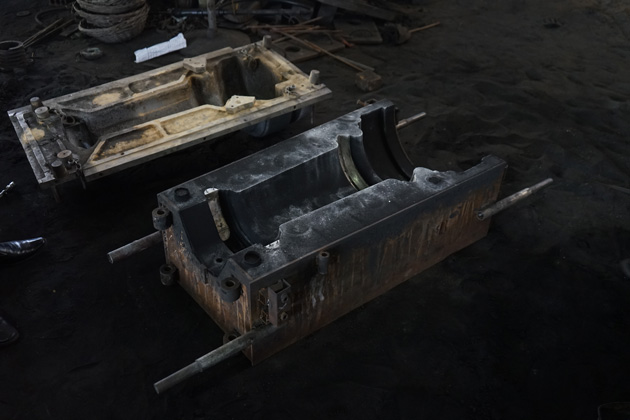
- Lost foam casting: It is advantageous by high detailed casting-ability. Hence, this technique is mostly applied for complicated designs and shapes. The final cast iron casting products maintain an excellent smooth surface finish and high precision. Also, nearly no errors and defects are found.
- Furan resin sand casting: This casting technique is excellent in casting complex cast iron castings. It guarantees high appearance, fewer defects, and good quality for the final outcomes. However, this casting is quite expensive than these two listed above.
Cast iron parts
With great casting advantage, cast iron casting has wide applications in a range of industries. From Agriculture Machinery; Construction Industry; Transportation; Marine; Water Supply and Drainage, we all see cast iron casting parts from casting metal foundries somewhere.
With the good casting ability, it is common used to cast machines details, automotive parts, ornamental-detailed product, etc.
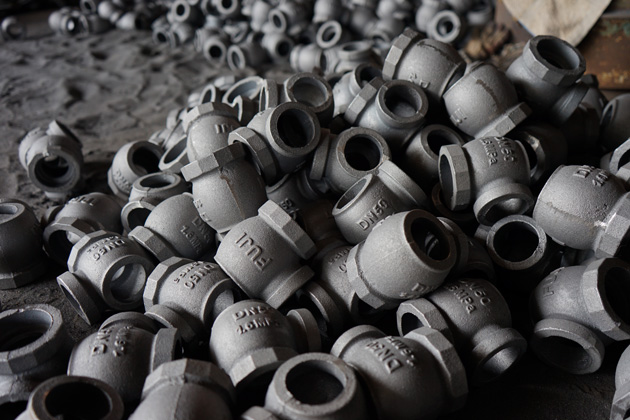
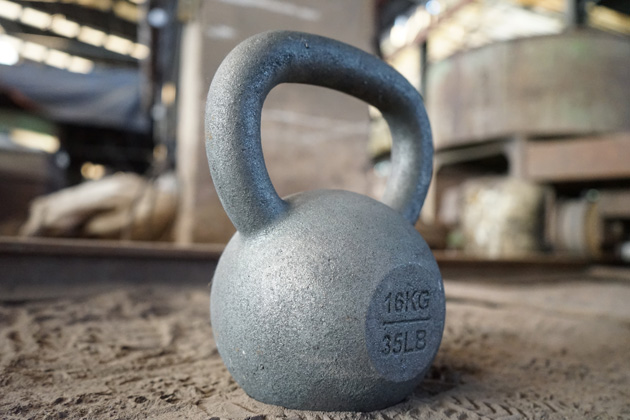
Additionally, cast iron parts are weather-resistant, durable over time and low maintenance, therefore, they are popularly used for making outdoor street furniture applications such as lamp posts, urn planters, benches, fences, litter bins, bollards, etc.
Especially in the marine industry, cast iron is often applied to cast marine buoy counterweight, the anchor for ships, boat parts, etc. due to its corrosive resistance.
Another example cast iron parts application for kitchen furniture can be named such as cast iron pan support, cast iron gas burner, etc.
Ductile iron is a preferable material using in casting manhole cover due to its high ductility and high strength.
Cast iron foundry manufacturers
Cast iron castings are the core working fields of many metalworking foundries including us. At Vietnam Cast Iron, we are one of the OEM cast iron foundry manufacturers specialized in providing cast iron parts to the world market. Our foundry applies the three main techniques to process the cast iron casting that are green sand casting, lost foam casting, and furan resin sand casting. Each casting technique is considered to apply depending on the specific casting requirements.
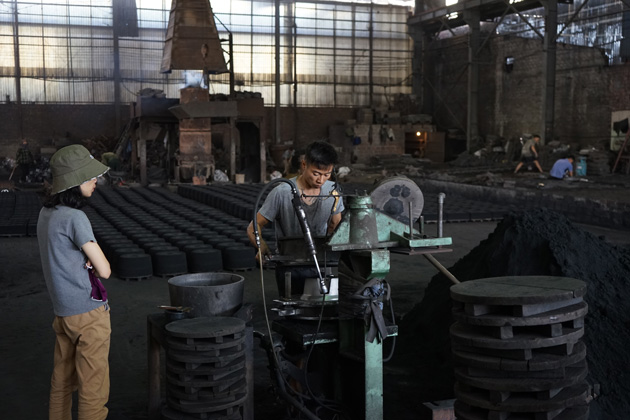
Provide the OEM service, we work on almost all cast iron casting parts either small or large details. Specifically, we have a lot of experience on casting lamp post, manhole cover, litter bin, urn planter, gas stove accessories, pump housing, fitness equipment, and so on for US and EU that get high appreciation from them. Either you have specific drawings and requirements or you need more advice on solutions, we can offer our support for even ODM service.
As one of the leading cast iron foundry manufacturers exporting to the US and EU, we control and have a tight inspection for all the manufacturing process from input to output. The raw material always has to pass the chemical composition analysis testing to make sure the input is qualified. For each casting step, we appoint an inspection manager to control all the working processes and labor techniques. Not only offer the cast iron roughcasting parts, but we are also able to provide the surface treatment and machining if there is a need.
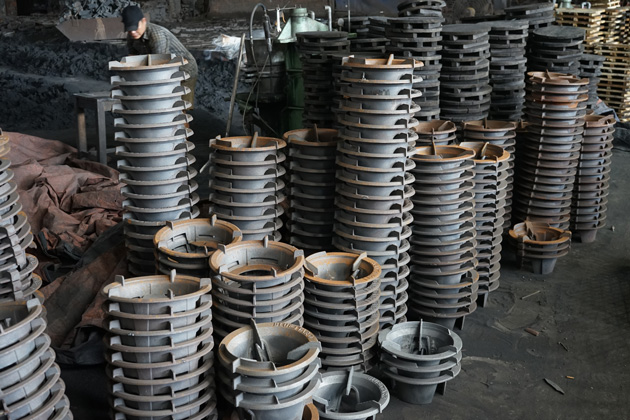
VIC is one of the cast iron foundry manufacturers which always commits to deliver the best quality cast iron parts for a competitive price to our customers. At our cast iron foundry, we work with the motto that “Customer satisfaction is our development”. Hence, whatever we offer, it is of high quality; and whatever we say, it is our commitment. We treat our customers as our friends and look forward to building long-term partnerships with win-win cooperation. So, an investment with us will greatly worth it because we will never disappoint you by any means.
Check our website to see our cast iron casting ability. Leave your information or contact us, we will catch you immediately.
Contact information
- Company: Vietnam Cast Iron Co.Ltd
- Address: Lai Xuan, Thuy Nguyen District, Hai Phong city, Vietnam
- Email: [email protected]
Reference: https://www.substech.com/dokuwiki/doku.php?id=iron-carbon_phase_diagram


